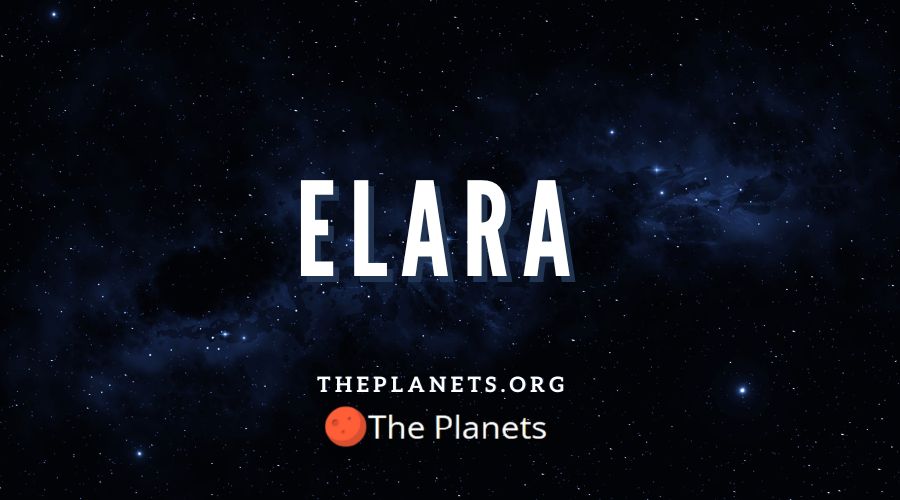
Elara is situated 7.3 million miles, or 11 million kilometers, away from Jupiter, and it takes this little moon the equivalent of 260 earth days to complete one orbit.
As the 12th moon of Jupiter, it is one of the planet’s outer natural satellites. The outer satellites, or moons, of Jupiter have more irregular orbit paths than those closer to the planet.
The Discovery Of Elara
Perrine discovered Elara when examining photos taken by a reflector device, the Crossley, at the University of California’s Lick Observatory.
With a mean radius of only 26.7 miles, and a diameter of 50 miles, Elara is a fairly small moon, especially compared to Jupiter’s four largest moons, which are often known as the Galilean moons. Although it is one of the eight largest of Jupiter’s moons, Elara is only 2% of the size of Europa, the smallest of the Galilean moons. Bearing this in mind, it’s no wonder Elara was not discovered until the early 20th Century.
The Naming Of Elara
For years, Elara was simply known as, “Jupiter VII,” and until 1975 it was also sometimes referred to as, “Hera.” However, in 1975, this little moon was officially given the name of Elara.
The International Astronomical Union chose names ending in A for all of Jupiter’s outer moons with prograde orbits. A ‘prograde orbit’ means that the moon orbits in the same direction that its planet is rotating.
The name Elara comes from Greek mythology. Like the names of many other planetary moons, Elara was one of the many lovers of the Greek god, Zeus. In Greek mythology, Elara was kept a secret from Zeus’ wife by concealing her in the center of the earth. The story continues with Elara giving birth to the giant Tityas.
The Makeup Of Elara
It is commonly thought that Elara, like the other moons in the Himalia group, may be comprised of a broken asteroid. Because this moon reflects only a small percentage of the light cast upon it, this indicates it is probably a chunk of asteroid that was pulled into Jupiter’s gravitational rotation.
According to NASA, because the other Himalian moons in Jupiter’s orbit, Leda, Himalia and Lysithea, are comprised of like matter, it makes sense that they may all have originated from the same asteroid.
This asteroid from which Elara most likely originated was probably a type C or D asteroid. Type C asteroids are the most common type, and they contain a large proportion of carbon, rocks and minerals. Type D asteroids often contain a higher percentage of organic compounds and may also contain water or ice.
These outer moons, including Elara, may also be related to the Trojan asteroid group, which is made up of smaller planets that share Jupiter’s orbit.